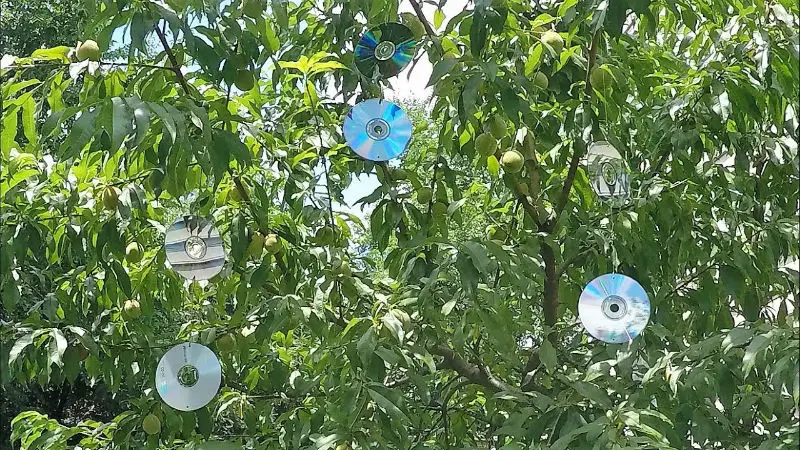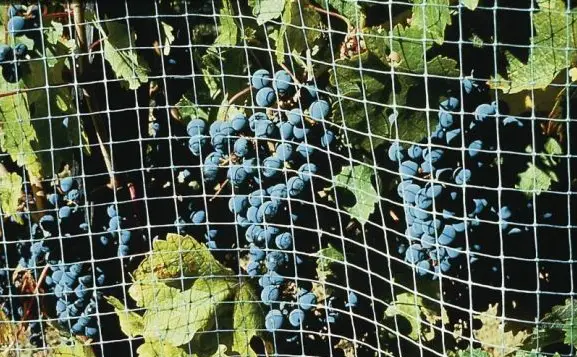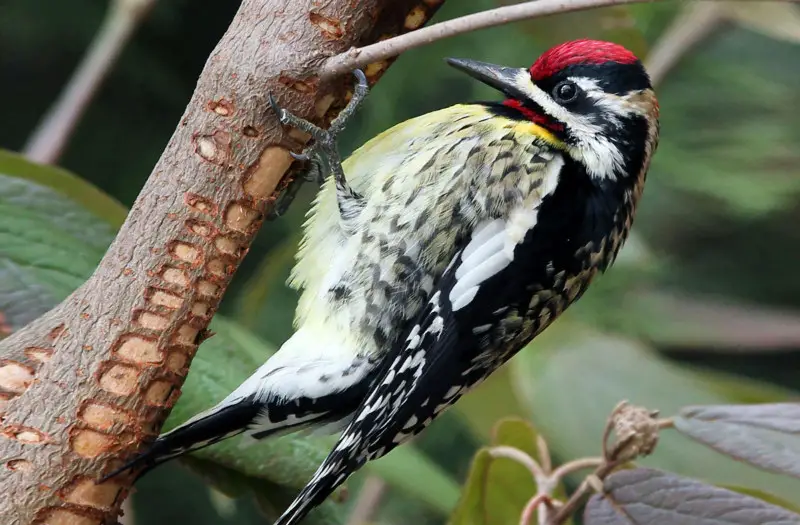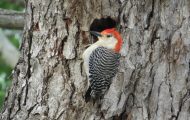Woodpeckers are both nature’s wonders and a destructive being. They peck on trees and leave numerous holes enough to peel the bark. These mighty birds also damage houses when they peck on wood sidings and even window frames. Knowing how to bird proof your home from woodpeckers is an important step to prevent them from incurring further damage.
There are three main reasons why woodpeckers actually peck on wood. First, they feed on wood-boring insect or sap of trees, preferably those with softer bark and high sugar content. Another reason is they do this to establish a nest. However, not all trees they peck into are already infected with the pest. It’s important to know that the third reason is that they use pecking as means of communication.
Gone are the days when woodpeckers naïvely got scared of plastic owls, fake hawks, or stationary snake toys. Woodpeckers will learn that these things don’t move and harmless. The next thing that will happen is you waking up from the drumming on a nearby tree or your own wooden siding.
But fret not, there are still effective products and techniques that you can use for this kind of bird. Here are some for you to try:
REMINDER: Before employing any of these methods, remember that woodpeckers are a protected species. You can face legal complications and a fine of as much as a $500 in the event of a wrongful death of a woodpecker.
1. How to bird proof your home from woodpeckers: Hang shiny things
Shiny things are blinding for woodpeckers and would likely deter them from coming close to your tree or house. Foils, bright-colored plastics, and flash tapes are guaranteed tools for this. You can use the PREDATOR GUARD Scare Tape by tying a long strip around the trees. This will look very shiny when hit by direct sunlight. It will also produce a clattering, metal sound when flapping in the air.
To make this work, let a long end of the tape loose. Put many strips on the most affected area of your house to ensure that the woodpeckers won’t come near. The scare tapes are aesthetic but if you don’t have the budget, you can tie used CDs to reflect the light.

You can blend CDs and flash tapes to give woodpeckers a hard time to penetrate your yard. Also, change this from time to time as the woodpeckers will soon learn that the scares are harmless. The more mobile the shiny things are, the scarier it will be.
2. Burlap wrap
Wrapping burlap around the tree or hanging it on the affected wood siding is said to be a way on how to bird proof your home from woodpeckers. Any hardware fabric will do for this purpose since the affected part will be hidden and the woodpeckers’ damage will be stopped. In case there’s a threat of the woodpeckers transferring to another three, it might be worth the sacrifice to let them perch on the already damaged tree.
Still, it’s worth the prevention to use a wide sheet of burlap like what you’ll get from the AK Trading. This is a 40-inch wide and 100 yards long burlap roll that is strong enough to last on outdoor use. Wrap this around the infected tree to ward off the pesky birds. This burlap is made from pure jute and weighs 10 ounces in every square yard.
It could be too large but you can save more money if you purchase a whole roll. You might need to wrap other trees with it or cover your wooden sidings.
3. Use a sticky repellent
If the visual strategies didn’t work, it’s time to up the ante of your bird proofing. Use a sticky bird repellent to annoy the woodpeckers that land on your trees or wood sidings. The sticky substance will temporarily damage their feathers if they stay for long on the surface where it is applied. One repellent that’s proven to work on how to bird proof your home from woodpeckers is the Bird-X Proof Gel Bird Repellent.
This sticky glue is toxic-free and won’t harm the birds that it get in contact with. You simply have to use a caulk gun to dispense the content of the tubes. It can be applied in a wavy way or straight lines. As a petroleum-based formula, this becomes invisible after application and won’t damage the aesthetic of your house or the tree.
The good thing about this is those sticky repellents like Bird-X don’t poison the woodpeckers. It only irritates them and sends them away to find another tree to peck. Just follow the application instructions to prevent any problems.
4. Install barriers
If the temperature on your area doesn’t allow the use of chemical repellents, you can resort to installing barriers. One example I gave earlier is the burlap. But for a sturdier and foolproof method, you can use nets, mesh, or spikes. Physical barriers work but make sure that you place it well since woodpeckers have very strong beaks.
Nets and mesh can be used to cordon the area where the woodpeckers tend to flock. This method is effective on how to bird proof your home from woodpeckers. You can use the FlyBye Copper Mesh to protect trees and wooden sidings from the damaging pecking of the birds. This is made of 99% pure copper that doesn’t rust easily.
Another option you have is a commercial spike like the Bird-X stainless steel spikes that can be used on your fences. As you know, birds like woodpeckers don’t just bore holes on trees, they also target other wooden surfaces when they are communicating with other birds. These spikes can be attached using the silicone glue tube that comes in the package. Overall, one pack can cover up to 10 feet.

5. Scare them with the noise
One effective on how to bird proof your home from woodpeckers is the distressing sound of harm. It could be from the rattling scare tape or a sonic device that produces programmed sounds. These devices come in either battery or electricity-powered systems, and if you’re wise, you can get a solar-powered one.
Visual cues don’t always work, and usually, it will only take a while for the woodpeckers to realize that your glittery tapes aren’t harmful. With that, you can invest in sound devices. Just remember that this isn’t as cheap as the other options but a good choice if you don’t want to disrupt the aesthetics of your yard.
One of these devices is the Yard Sentinal Ultrasonic Animal Repellent that you can plant right at your yard’s soil. This produces sounds that are irritating to dogs, cats, rodents, and birds. If you have a pet dog or cat, this may not be suitable for you.
The system will turn on once the PIR sensor register a movement. It will then release the ultrasonic sound to drive the animal away as means of how to bird proof your home from woodpeckers.
Another option, and newer, is the Good Life, Inc. G5 Bird & Wildlife Propane Gas Scare Cannon which is great for Industrial & Agricultural applications and can cover pp to 7-10 acres.
6. Balloon scare
In case you don’t have the budget to get a commercial solution, a homemade scare balloon will do the job of sending the woodpeckers away. But like any other visual method, this will only work for some time and you have to employ preventive methods.
You have to inflate a balloon enough to be at the size of an owl. A regular circular balloon will do but if you can find an owl or hawk-shape balloon, it would be perfect. You can draw owl eyes on the balloon to add more scare and drive the woodpecker at first glance of your balloon gimmick.
Make sure that you place this on the spot affected by the pecking of the bird. To make the trick work as long as it can, move the balloon scare in different parts of the tree or structure the woodpeckers tend to go. This will make the balloon appear like a real bird. You can transfer the bird from one tree to another. A little more creativity will make this work for you as a way on how to bird proof your home from woodpeckers.
7. Diversion feeder (suet)
If the woodpeckers are very invasive, one thing you can do is to divert them to another food source. If the weather in your area is not too hot, this suet feeder diversion will work.
All you have to do is melt beef fat on a saucepan and add a serving of bird seeds. Place this on a mold and let the cake solidify and cool down. It’s as simple as that and you have a suet feeder to distract the woodpeckers from pestering your yard.
Place this feeder away from your house but not far. This will allow the woodpeckers to find it and spare your trees and wooden structures from further damages. You have the choice to hang the feeder on a pole so no trees will be damaged when you put it there.
In case the weather becomes hot, stop using a suet feeder. The fat will melt and it will stick to the feathers of the woodpeckers. You will be fined if they die due to this trick.
8. Remove the food source
One reason why woodpeckers keep coming back to your tree or house is that of the unending supply of food. Take a look at the bark of your tree as it might be harboring mites and other wood-boring insects. This is the same thing with your wood sidings. In case the problem is the sap coming from the plant, you still have to install barriers to prevent sapsucker woodpeckers from coming. That’s how to bird proof your home from woodpeckers.

It might be time for a professional pest expert to apply the treatment on your property. This is to remove the food source that attracts the woodpeckers. After this, it will still become a challenge to stop woodpeckers from pecking on your trees. They might find the trees on your yard their territory. These birds peck loudly to let other woodpeckers know that a certain area is their territory. With that, you might need to go back to the scare tactic until the woodpecker finds another place as their home.
9. Aluminum windmills on your fence
Something shiny will also send the woodpeckers away. Aluminum windmills placed on your fence is an aesthetic addition, but it will also serve as a glittering scare for the woodpeckers. Placing a couple of this moving windmills will work for long but it will help to vary the placement from time to time. You can put some on the trees as you wish.
These aluminum scares work just like the flash tapes. Once the light strikes the material, it will reflect back and irritate the vision of the woodpecker. This would send them away and possibly seek another habitat or source of food.
Make sure to mount this as sturdy as possible to avoid wind and bigger animals from toppling it.
10. Fix the damages
Once you succeeded in sending the woodpeckers away, fix the damages on the trees of your house. Some use wood putty to seal the holes on wooden surfaces as well as trees. Just use one that won’t damage the plant as much as it’s been damaged by a woodpecker.
Some tree barks may fall off and reveal more sap. You can wrap a sheet of burlap here as protection from another bout of woodpecking. It’s best to let the scare tapes and other barriers still in place just in case a stray woodpecker comes drumming again.
Knowing how to bird proof your home from woodpeckers is important to stop the damages these birds are doing. But before acting, make sure that the methods you’re planning to use won’t harm the bird. Do you have thoughts about bird proofing your home against woodpeckers? Let us know below and we’ll discuss it with you!




